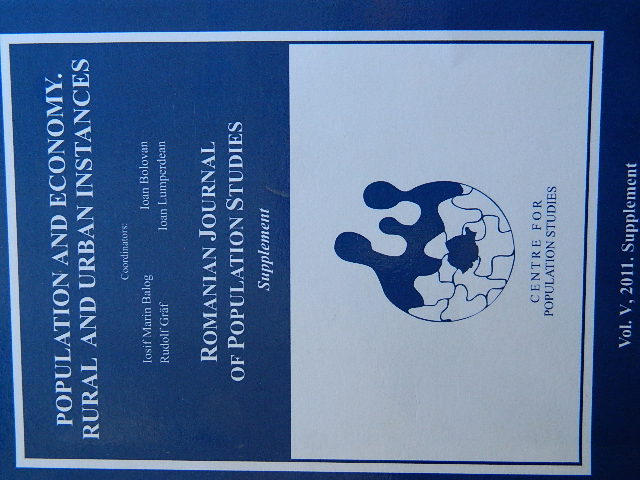The Impact of Industrialization on the Population Structure of the Jiu/Zsil-Valley in Transylvania, 1880-1918
The Impact of Industrialization on the Population Structure of the Jiu/Zsil-Valley in Transylvania, 1880-1918
Author(s): Róbert NagySubject(s): History
Published by: Centrul de Studiere a Populaţiei
Keywords: Transylvania; Jiu Valley; Demographic Changes; Immigration, Industrialization; Ethnic Structure; Denomination
Summary/Abstract: Industrialization, which resulted in demographic changes, appeared only from the last decade of the XIXth century in the eastern part of the Austrian- Hungarian Monarchy. In this period a few company started huge coal exploitation in the Jiu-valley, which lies in the south-eastern part of the Hungarian Kingdom. First of all they built railway in the remote valley, and after that, because there was not enough skilled labour power, they started to settle foreign workers. By the year of 1911 the ratio of the settled workers reached 93%. A direct result of this huge colonization was the change of the regions demographic façade. By the year of 1910 the Romanian population, which was in a 60-70% majority originally, became an absolute minority compared to the Hungarian, German, Polish, Czech, Ukrainian, Slovak and other population. The employee record of the second largest company in the coal valley reflects on the distribution of the settled population according to their trade. The settlers which represent the highest ratio of the foreigners are the skilled workman (88%) and the assistant personnel (80%). As for the miners, the ratio of the non-Romanians is above 50%. The religious content of this populace also shows a colorful picture. Most of them professed themselves as Roman-Catholics, after them followed the Greek-Catholics, the Reformed, the Lutherans and the members of other churches.
Journal: Romanian Journal of Population Studies
- Issue Year: 5/2011
- Issue No: Supplement
- Page Range: 97-112
- Page Count: 17
- Language: English
- Content File-PDF

